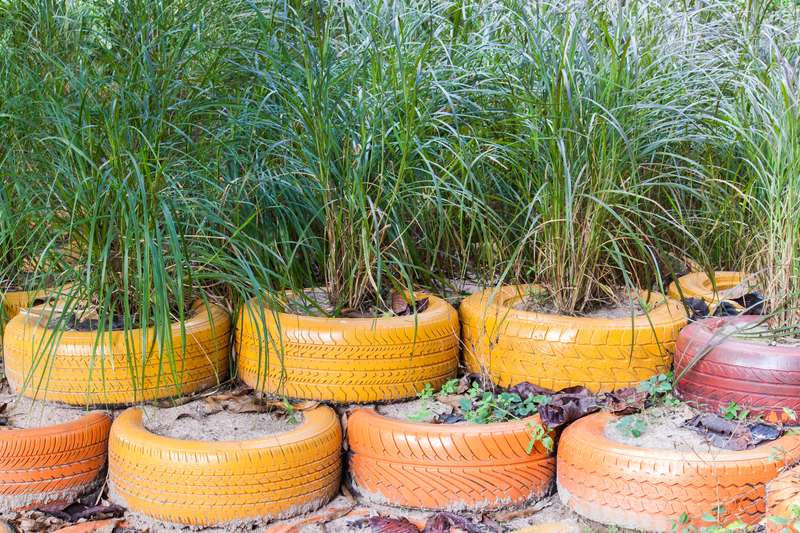Uncovering the Secrets of Smart Device Recycling
In today's fast-paced digital world, smart devices have become an integral part of our daily lives. From smartphones to tablets, and smartwatches to home assistants, these electronic marvels help us stay connected, informed, and entertained. However, with technological advancements and regular product launches, the lifespan of these devices is relatively short. This has resulted in a significant rise in electronic waste, making smart device recycling an essential practice. In this article, we delve into the secrets of effectively recycling your smart devices.
Why Recycling Smart Devices is Crucial
When we talk about the recycling of smart devices, we refer to the process of reusing or repurposing old electronic gadgets to reduce electronic waste. But why is this important?
Reducing E-Waste
Electronic waste, or e-waste, is one of the fastest-growing waste streams in the world. According to the Global E-waste Monitor, the world generated 53.6 million metric tons of e-waste in 2019 alone, with only 17.4% being recycled. Recycling smart devices plays a vital role in minimizing this waste.
Conserving Natural Resources
Smart devices contain a variety of precious metals and minerals such as gold, silver, and copper. Recycling these materials helps in conserving natural resources, as mining for new materials is expensive and environmentally destructive.
Preventing Environmental Pollution
Improper disposal of smart devices can lead to the release of toxic substances like lead, mercury, and cadmium into the environment. These contaminants can severely impact ecosystems and human health. Recycling helps prevent these negative outcomes.

Secrets to Effective Smart Device Recycling
Successful smart device recycling goes beyond simply dropping gadgets in a recycling bin. Here are some secrets to ensure that your efforts are truly effective:
Data Security: Protect Your Information
Before recycling your smart device, ensure all your personal data is wiped clean. Here's how you can do it effectively:
- Back up all important data using cloud storage or an external drive.
- Perform a factory reset to erase all personal information from the device.
- Sign out of all accounts and remove SIM and memory cards.
Data security is crucial, not just for personal safety but also as a part of a responsible recycling process.
Choose a Reliable Recycler or Program
Not all recycling programs are created equal. Research and select a reputable recycling company or program. A few reliable options include:
- Manufacturer Take-back Programs: Many device manufacturers offer recycling services.
- Local Electronic Recycling Facilities: Check for certified facilities that adhere to high environmental standards.
- Non-Profit Organizations: Some non-profits collect devices for responsible recycling or refurbishment.
By choosing the right partner, you ensure that your device is handled responsibly.
Consider Resale or Donation
Sometimes, recycling doesn't necessarily mean breaking down a device for materials. If your device still functions, consider resale or donation for reuse:
- Resale Platforms: List your device on resale platforms such as eBay, Craigslist, or specialized electronics resale sites.
- Donation Programs: Many organizations accept old electronics for educational or charitable purposes.
These options extend the lifecycle of devices, thus contributing to a reduction in e-waste.
Innovative Recycling Techniques
Innovation is at the forefront of improving recycling processes. New techniques and technologies are being developed to enhance the efficiency of recycling smart devices:
Mechanical Recycling
Mechanical recycling involves physically breaking down devices to separate and sort different materials. This method is commonly used and includes techniques such as shredding and using magnets to extract metals.
Plasma Arc Recycling
An advanced technique, plasma arc recycling, uses high temperatures to vaporize metals such as copper, gold, and silver from e-waste. This process is efficient and reduces environmental damage.
Bioleaching
This innovative method employs bacteria to extract metals from e-waste. Bioleaching is environmentally friendly and can recover valuable materials like gold and cobalt without harmful emissions.

Government and Corporate Responsibility
To enhance smart device recycling, governments and corporations have significant roles to play:
Legislation and Policies
Governments need to implement and enforce legislation that mandates e-waste recycling. Regulations such as the Waste Electrical and Electronic Equipment (WEEE) Directive in the EU are paving the way for responsible recycling.
Corporate Initiatives
Companies are stepping up by introducing trade-in programs and investing in sustainable design that facilitates easier recycling. Tech giants like Apple and Samsung have established robust recycling initiatives, providing consumers with accessible options for responsible disposal.
Conclusion
Smart device recycling is a multifaceted process that requires the collective effort of consumers, corporations, and governments. By implementing best practices, such as ensuring data security, selecting credible recycling options, and considering resale or donation, we can significantly reduce the environmental impact of electronic waste. Moreover, continuous innovations in recycling technology and strong legislative frameworks will propel us towards a more sustainable future. As informed consumers, it is our responsibility to prioritize recycling and make choices that protect our planet for future generations.
Together, we can unlock the full potential of smart device recycling, creating a circular economy that values and preserves our precious natural resources.